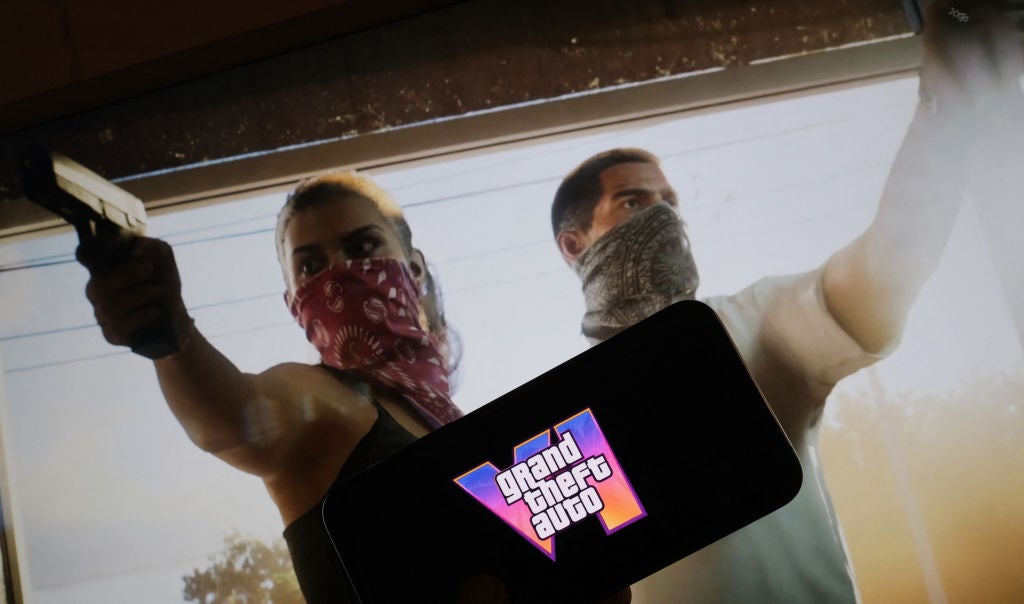Digital Ally has been granted a patent for a video collection system that utilizes a mobile broadband network to collect and send metadata related to video data. The system includes multiple video cameras with mobile broadband modems for sending metadata messages, still images, audio data, and video data. The method involves receiving trigger messages, transferring video data to non-volatile memory, storing subsequent video data, and transmitting a message with trigger metadata to a remote video collection manager. GlobalData’s report on Digital Ally gives a 360-degree view of the company including its patenting strategy. Buy the report here.
According to GlobalData’s company profile on Digital Ally, Remote controlled surveillance was a key innovation area identified from patents. Digital Ally's grant share as of September 2023 was 68%. Grant share is based on the ratio of number of grants to total number of patents.
Patent granted for a video collection system with trigger metadata
A recently granted patent (Publication Number: US11769383B2) describes a method and system for managing video data captured by a video camera. The method involves receiving a trigger message indicating a trigger event, transferring the video data from volatile memory to non-volatile memory in response to the trigger message, storing subsequently recorded video data in the non-volatile memory, and transmitting a message associated with the video data to a remote video collection manager. The message includes trigger metadata that indicates the trigger event that triggered the storage of the video data.
The patent also includes additional steps for managing the video data. These steps involve receiving instructions from the remote video collection manager, transmitting the video data to the remote video collection manager in response to the instructions, and storing the video data in a remote data store. The transmission of the message and video data can be done over a wireless network.
The system described in the patent includes a remote video collection manager and a video camera with volatile and non-volatile memory. The video camera is programmed to receive a trigger message, transfer the video data to non-volatile memory, and send a message with trigger metadata to the remote video collection manager. The remote video collection manager can be hosted on a computing device in a back-end office.
The patent also covers various embodiments of the video camera, including body-mounted video cameras worn by law enforcement officers and vehicle-mounted video cameras. In the case of vehicle-mounted cameras, vehicle information such as speed, location data, or acceleration data can be stored within the frame metadata of the video data.
The video camera can communicate with the remote video collection manager over a mobile broadband network using a mobile broadband modem. The video data can be encrypted with an encryption key, and the video camera can be associated with a device-specific key for authentication purposes.
Overall, this patent describes a method and system for managing video data captured by a video camera, allowing for efficient storage, transmission, and retrieval of video data in response to trigger events. The system can be used in various applications, including law enforcement and surveillance.
To know more about GlobalData’s detailed insights on Digital Ally, buy the report here.
Premium Insights
From

The gold standard of business intelligence.
Blending expert knowledge with cutting-edge technology, GlobalData’s unrivalled proprietary data will enable you to decode what’s happening in your market. You can make better informed decisions and gain a future-proof advantage over your competitors.




